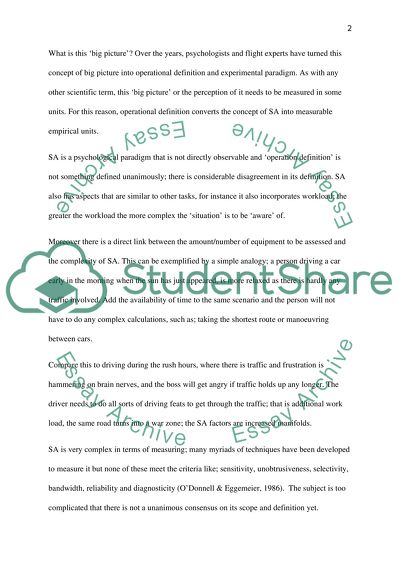Cite this document
(“Is situational awareness play an important role to driving safety, how Dissertation”, n.d.)
Retrieved from https://studentshare.org/psychology/1476859-is-situational-awareness-play-an-important-role-to
Retrieved from https://studentshare.org/psychology/1476859-is-situational-awareness-play-an-important-role-to
(Is Situational Awareness Play an Important Role to Driving Safety, How Dissertation)
https://studentshare.org/psychology/1476859-is-situational-awareness-play-an-important-role-to.
https://studentshare.org/psychology/1476859-is-situational-awareness-play-an-important-role-to.
“Is Situational Awareness Play an Important Role to Driving Safety, How Dissertation”, n.d. https://studentshare.org/psychology/1476859-is-situational-awareness-play-an-important-role-to.


